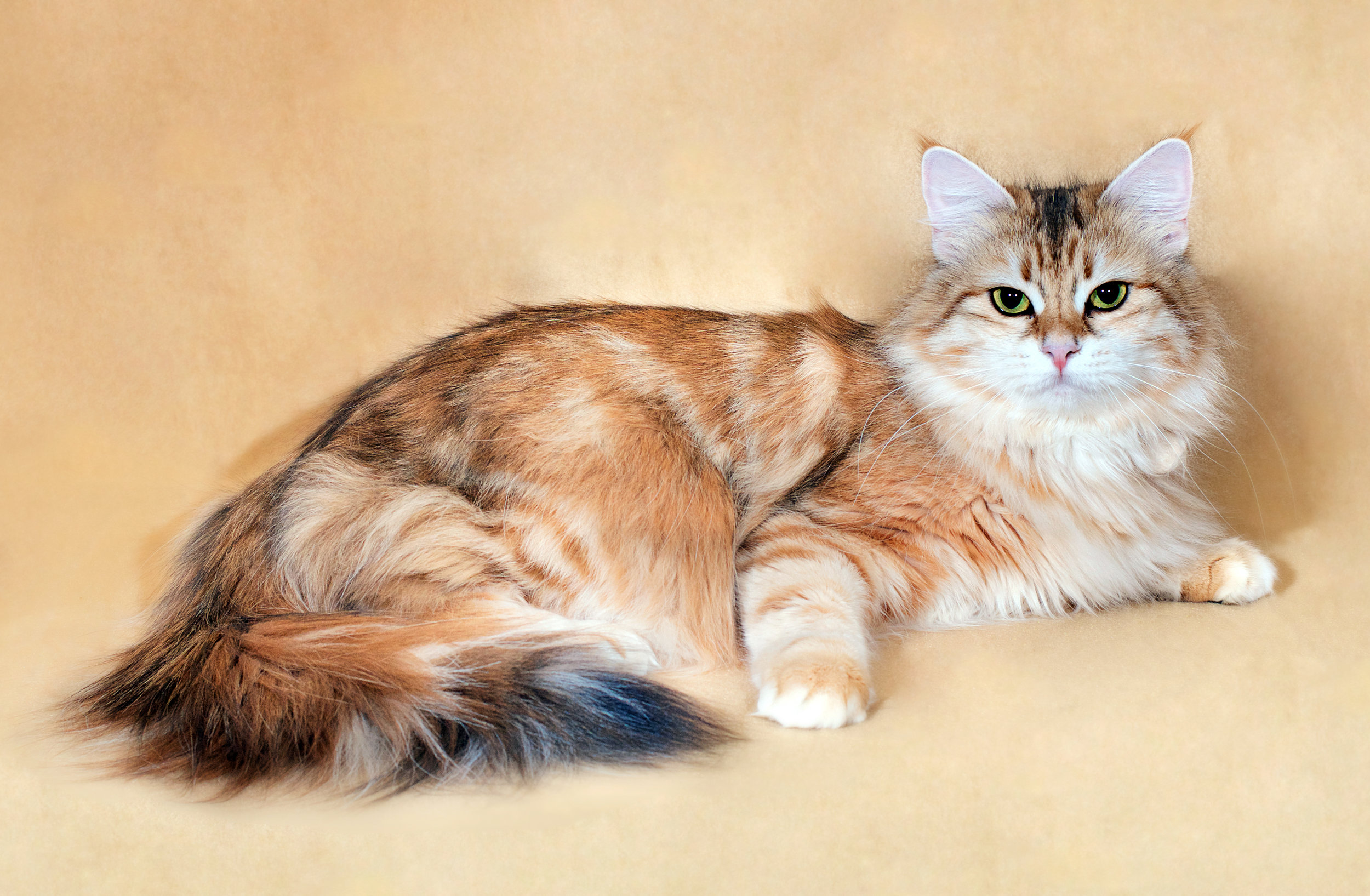
:max_bytes(150000):strip_icc()/all-about-tabby-cats-552489_V2-0c94c07ca29e45ab84443d9c9d345707.png)
We can all agree that those wild-looking ear tufts just add more cuteness to these furry creatures.Ĭats are known to have ear tufts, but there are two types of cats with ear tufts. White, Black/Ebony, Red/Orange, Blue/Gray, Lavender/Silver, Cream/Beige/Tan, Chocolate/Brown/Sable, Cinnamon, Fawn, LilacĪnd there you have it, folks! Thirteen types of unique cat breeds with ear tufts.

Solid, Bi-color, Tabby, Calico/Tri-Color, Color Point These cats are known to have an average lifespan of 12–17 human years. But grooming can be quite a challenge.Īnd since Persian cats have smaller and fuzzier ears compared to most cat breeds, so it’s easy for ear infections to go unseen or untreated. However, Persian cats are sweet, gentle-mannered, affectionate, and love to be groomed. Moreover, these cats are referred to as “furniture with fur” due to their long periods of inactivity and lethargicness. Persian cats are usually seen with fuzzy ear tufts and ear furnishings. They have a big, flat, snub-nosed face appearance with a thick, double silky coat which makes this breed so famous. The cats of this breed are somewhat blessed and cursed in terms of their unique appearance. If you are a big cat fan, then you may have already heard the name of the cat breed - Persian cats. Heightīi-color, Solid, Tabby, Calico/Tri-Color, Color PointĬhocolate/Brown/Sable, Cinnamon, Lavender/Silver, Fawn, Blue/Gray, Black/Ebony, Cream/Beige/Tan, Lilac, Red/Orange, White The result was a kitten that inherited the distinctive short tail and caught the eye of many cat fanciers, who saw the chance of a new breed of cats. This brown tabby kitten later mated with the founder’s non-pedigreed domestic color point cat. When they came back home, they brought a brown tabby kitten with a short tail, whom they found during their journey. The evolution of the breed started in the late 1960s, when - the breed founders - John and Brenda Sanders, were holidaying around the American southwest. The overall foundation of American Bobtail lies in feral domestic cats that had natural bobtails. They are also short-hair and long-hair coat variants, which are rather shaggy than dense or fluffy. And similar to the serval cats, caracal cats can also jump up to a height range of 12ft. Moreover, they are mainly a nocturnal kind and are secretive and hard to find. These types of cats are usually seen in the wild, and they mainly live alone, or they can be found in pairs. These cats are characterized by a sturdy build, extended legs, a small face, long tufted ears, and long canine teeth. Here’s another wild cat that is native to Africa and some parts of Asia. Likewise, the ear tufts are just another great additional feature to these energetic wild cats. They are known to use their ears more than their eyes. Serval cats can pretty much hear even the smaller chirp on the savanna. Moreover, they have large ears, and they are sometimes referred to as “ radar dishes” to locate food in the wild. These cats are known to jump as high as 12 ft to catch birds in mid-air. One of the distinct features of these cats is their jumbo ears, just like their long legs. As for the cat’s ears, Turkish Van cats have brown, black, gray, and red ears that are usually the same color as their tail. And during the time of summer, these cats shed their hair and this leaves a short, light coat. In fact, they have two different lengths of hair depending on the time of the season.ĭuring the time of the winter, a Turkish Van cat would have thick and long hair. The cats from this breed have semi-long hair. The Turkish Van cat breed is known to have originated in the mountains of modern-day Turkey. White, Black/Ebony, Red/Orange, Blue/Gray, Lavender/Silver, Cream/Beige/Tan, Chocolate/Brown/Sable, Lilac, Fawn Shaded Tabby, Mackerel, Classic (Blothced) In addition to their ear tufts and ear furnishings, the Siberian cats have a long, thick coat.Īlthough the coats of these cats are found in many colors and patterns, the brown tabbies appear to be the most common ones. However, they appear pointy due to the long ear tufts. The ears of Siberian cats seem to have rounded edges, but that is not true.


 0 kommentar(er)
0 kommentar(er)
